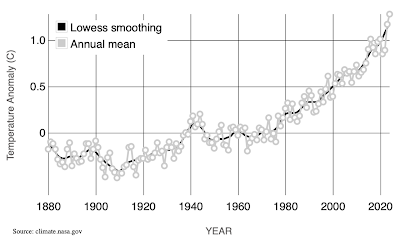We keep hearing from the global ruling class and its dupes in the mainstream media that the "earth is boiling" and that atmospheric temperatures are at record highs, a common theme during the summer months in the northern hemisphere. As a geoscientist, I'm interested in the very long-term trends, looking at global temperatures well before the modern age which is the focus of the vast majority of climate scientists, meteorologists and those climate change evangelists that would have us believe that we are living on the edge of climate disaster.
Let's open with a graphic showing the geological time scale for those of you who are not familiar with the geological record. This will help you put the information in this posting into context:
Here's what the study revealed:
1.) the relationship between GMST and carbon dioxide had a relatively constant impact on Earth's climate system sensitivity. For example, the temperature response to a doubling of carbon dioxide was roughly 8 degrees Celsius no matter whether the climate was warm or cold.
2.) the Earth's temperature has varied between 11 degrees Celsius and 36 degrees Celsius over the past 485 million years. This is in line with other temperature estimates from the Cenozoic Era (the last 66 million years of earth's history).
3.) there was a relationship between global mean surface temperature and the pole-to-equator temperature gradient with larger temperature changes closer to the Earth's polar regions. Tropical temperatures ranged between 22 degrees Celsius and 42 degrees Celsius.
4.) overall, the earth has spent more time in warmer climate states during the Phanerozoic Era.
To close, here is a graphic showing the global mean surface temperature as estimated using PhanDA for the past 485 million years with the grey shaded areas showing different confidence levels and the black lines showing the average temperature and the orange and red bars showing climate that is warmer and blue and turquoise bars showing climate that is cooler:
...that can have us believing that we are at a climate crisis point, however, given that the data on the chart only goes back to 1880, we can see now that this is hardly a long-term view of Earth's climate.
We have to carefully examine the motives behind those who would have us believe that the earth is boiling and that we are living on the cusp of total climate destruction. What do these individuals have to gain personally from promoting this narrative? That, to me, is the bottom line. If they have something to gain either financially or from increasing their control over humanity, then their motives may not be entirely trustworthy.









No comments:
Post a Comment